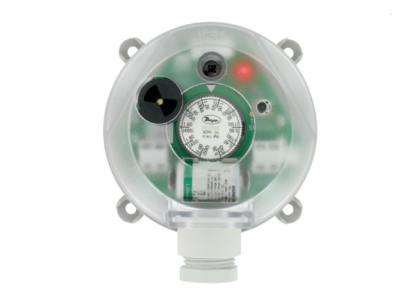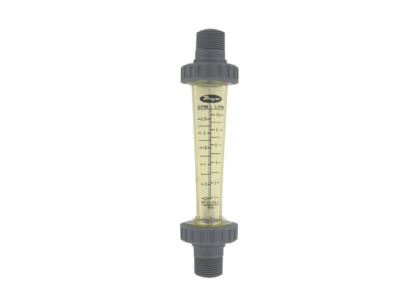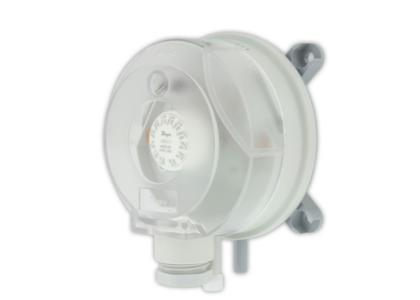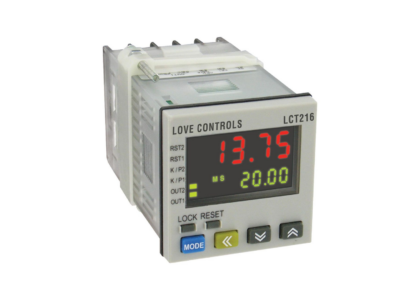This article explores how wireless temperature monitoring systems can improve performance testing of refrigeration equipment like refrigerators, freezers, and cold rails.
Why Use Wireless Monitoring?
- Traditional Method Issues: Manual temperature testing is time-consuming, inefficient, and prone to errors.
- Wireless Advantages: Wireless systems offer:
Simultaneous Testing: Monitor multiple units at various locations for increased efficiency.
Reduced Costs: Eliminate the need for expensive thermocouple wires vulnerable to interference.
Easy Installation: No complex wiring required, simplifying setup.
The System Explained:
The example uses an Omega UWTC wireless monitoring system with three components:
- UWTC-2 Transmitters: These battery-powered transmitters connect to thermocouples or RTDs (sensors) and send temperature readings to the receiver. They have a range of up to 400 feet.
- UWTC-REC1 Receiver: This receiver connects to a PC via USB and receives signals from up to 48 transmitters. It displays, logs, and graphs temperature data using included software.
- Optional Antenna (UWTC-ANT-LR): This antenna extends the transmitter range for larger areas.
Installation Steps:
- Connect the receiver to your PC and configure its address.
- Disconnect the receiver and connect the transmitters.
- Assign a unique ID to each transmitter.
- Verify connections between transmitters and the receiver.
- Reconnect the receiver to the PC to view data.
Benefits:
- Increased Efficiency: Test multiple units simultaneously, saving time and resources.
- Reduced Costs: Eliminate wiring expenses and simplify installation.
- Improved Data Collection: Continuously monitor temperature variations for better insights.
Wireless vs. Wired Considerations:
While both methods can experience interference, wireless offers easier installation and may be more cost-effective when dealing with multiple locations or extensive wiring needs. In such cases, a long-range antenna can often mitigate potential wireless interference issues.



